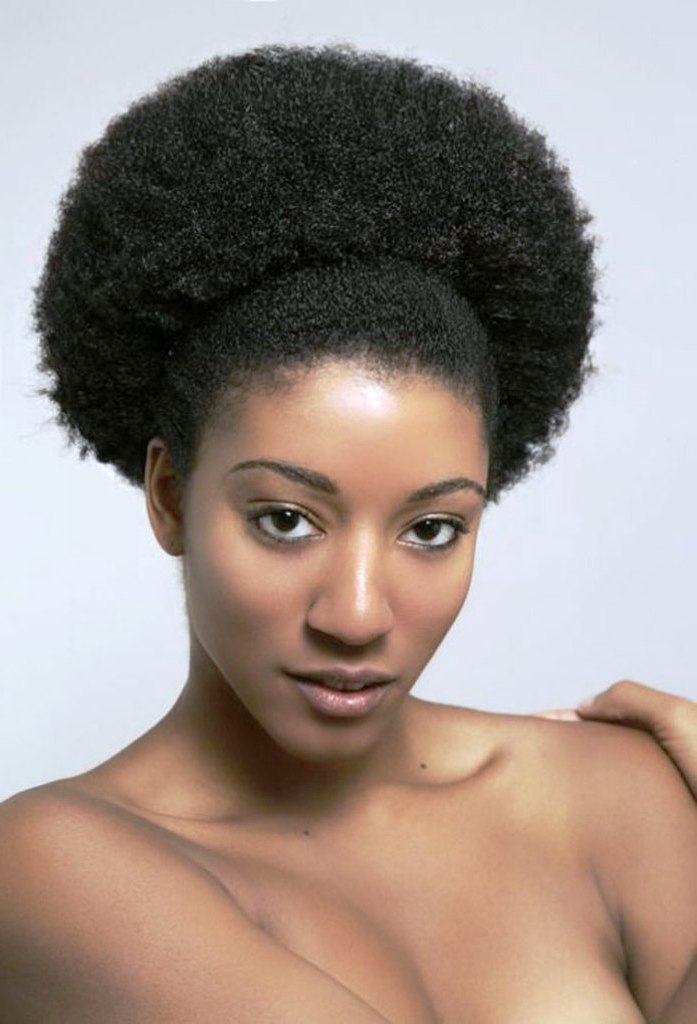Natural African Hairstyles: Embracing Cultural Heritage And Individuality
Natural African hairstyles have long been a symbol of cultural pride and individuality among people of African descent. These hairstyles not only represent beauty but also carry deep historical significance, reflecting the rich traditions and diverse cultures across the African continent. In this article, we will explore the different types of natural African hairstyles, their cultural importance, and how they continue to evolve in modern society.
By understanding the significance of natural African hairstyles, we can appreciate the art and craftsmanship that goes into creating them. Furthermore, we aim to provide you with practical tips and insights that will help you confidently embrace your natural beauty. So, let’s dive deeper into the world of natural African hairstyles!
Table of Contents
- The Historical Significance of Natural African Hairstyles
- Popular Natural African Hairstyles
- Caring for Natural African Hair
- Styling Tips for Natural African Hair
- Cultural Importance of Hairstyles
- The Evolution of Natural Hairstyles in Modern Society
- Conclusion
The Historical Significance of Natural African Hairstyles
Natural African hairstyles have a rich history that dates back thousands of years. Historically, different styles were used to signify various aspects of life, including social status, age, marital status, and tribe. For instance, intricate braids or unique styles could indicate a person’s rank within their community. This cultural practice not only served as a form of identity but also as a way to communicate and connect with others.
In many African cultures, hair was often seen as a sacred part of one’s identity. Rituals surrounding hair care and styling were common, with specific techniques passed down through generations. Unfortunately, during colonization and the subsequent spread of Eurocentric beauty standards, many of these cultural practices were suppressed. However, in recent years, there has been a resurgence of interest in natural hairstyles, with many individuals reclaiming their heritage.
Popular Natural African Hairstyles
Natural African hairstyles are diverse and versatile, allowing individuals to express their unique personalities. Below are some of the most popular styles that have stood the test of time:
Braids
Braids are one of the most recognized natural hairstyles, with various techniques and styles available. They can range from simple three-strand braids to intricate cornrows and box braids. Braiding not only serves as a protective style but also allows for creativity and personal expression.
Twists
Twists are another popular choice, often used to create a textured and stylish look. They can be done in various sizes and lengths, and they can also be combined with braiding for added flair. Twists are not only beautiful but also provide a protective style that promotes healthy hair growth.
The Afro
The Afro is an iconic representation of natural African hair. This voluminous style celebrates the natural curl pattern and texture of the hair. It is a powerful statement of pride and individuality, often associated with the Black Power movement in the 1960s and 70s.
Locs
Locs, or dreadlocks, are a unique hairstyle that involves the matting and twisting of hair. This style is not only aesthetically appealing but also represents a spiritual journey for many individuals. Locs can be styled in various ways and can range from thin to thick, allowing for personal customization.
Caring for Natural African Hair
Caring for natural African hair requires a unique approach to maintain its health and vitality. Here are some essential tips for caring for your natural hair:
- Moisturize regularly: Use natural oils and creams to keep your hair hydrated.
- Gentle cleansing: Opt for sulfate-free shampoos to prevent stripping the hair of its natural oils.
- Protective styles: Incorporate protective hairstyles to minimize damage and breakage.
- Regular trims: Schedule regular trims to remove split ends and promote healthy growth.
Styling Tips for Natural African Hair
Styling natural African hair can be both fun and challenging. Here are some tips to help you achieve beautiful styles:
- Experiment with different styles: Don’t be afraid to try new looks and techniques.
- Use the right products: Invest in products specifically designed for natural hair.
- Accessorize: Use headbands, clips, and other accessories to enhance your style.
- Seek professional help: Consider consulting a stylist who specializes in natural hair for new ideas and techniques.
Cultural Importance of Hairstyles
The cultural significance of natural hairstyles extends beyond aesthetics. For many, these hairstyles serve as a connection to their heritage and identity. Embracing natural hair allows individuals to celebrate their roots and challenge societal beauty standards. Furthermore, these hairstyles often foster a sense of community among those who share similar backgrounds.
The Evolution of Natural Hairstyles in Modern Society
In recent years, the acceptance of natural African hairstyles has grown significantly. Social media platforms have played a crucial role in promoting these styles, with influencers and celebrities showcasing their natural hair. This shift in perception has led to increased representation in fashion, beauty, and media industries, encouraging more individuals to embrace their natural textures.
Conclusion
Natural African hairstyles are a beautiful representation of culture, individuality, and pride. By understanding their historical significance and embracing the various styles available, individuals can celebrate their heritage while promoting self-love and acceptance. We encourage you to explore the world of natural hairstyles, experiment with your look, and connect with others who share your passion for natural beauty. Leave a comment below to share your favorite natural hairstyle or any tips you have for caring for natural hair!
References
1. Smith, J. (2020). The Cultural Significance of African Hairstyles. African Journal of Cultural Studies.
2. Johnson, L. (2021). The Evolution of Natural Hair in Fashion. Hair and Beauty Magazine.
3. Williams, R. (2019). Embracing Natural Beauty: A Guide to Natural Hair Care. Natural Hair Association.
Article Recommendations
- Patrick Mahomes Daughter Down Syndrome
- Idolfap
- Megan Markle
- Shrooms Q
- Big Meech Net Worth 2024
- Paige Vanzant Leak
- Beyonce And Diddy Sex Tape
- Jameliz Nudes
- Dan Bongino Wife Accident
- Property Brothers


